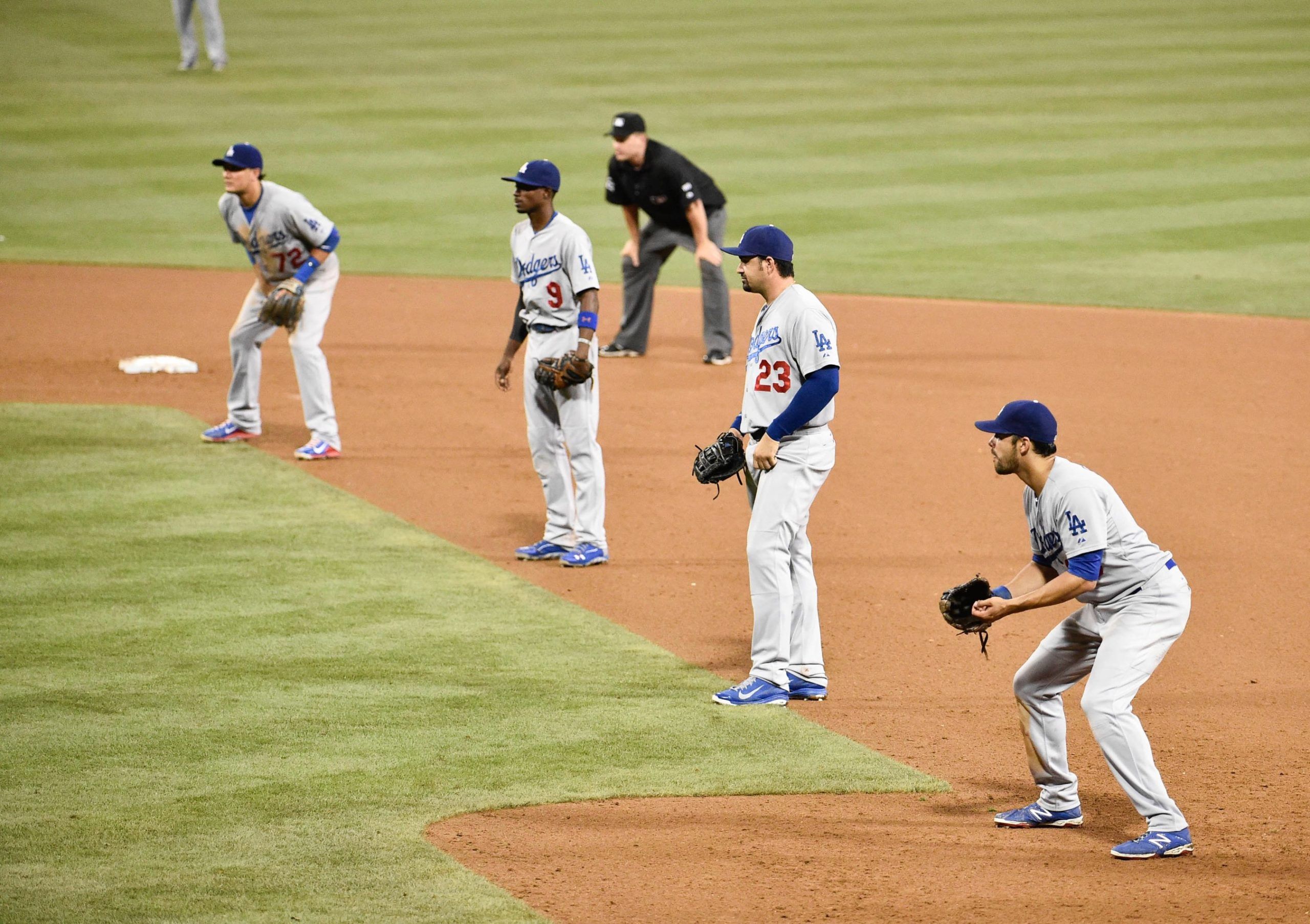Yogi Berra once said, “baseball is 90% mental. The other half is physical.”
Nowhere in there does it say you have to run algorithms through a computer to win a baseball game. The objective is simple: score more runs than the other team. There is always so much strategy involved in winning a baseball game, but it’s usually when to steal a base or which pitcher to bring in to try and get a tough hitter out.
Teams have resorted to algorithms and percentages to figure out what the ‘most effective’ way to win a baseball game is.
In the modern-day game, bunting and moving runners over has all but disappeared in favor of taking a crack at the bleachers. Why surrender an out that has no chance of going out of the yard when you can swing hard every time and just out slug the other team?
Problems arise when you face a team’s ace that can shut-down the home run efforts. When you are so stubborn and married to your strategy, there is no movement of runners.
The all-or-nothing strategy has lent itself to the nothing part of the equation quite a lot. With big home run swings come swings and misses and strikeouts.
Many fans complain the game has become boring, and it has – to an extent. On average, games currently take a little over 3 hours. In 2010, the average game was 2.5 hours and in the last 12 years, it has steadily increased.
“I feel like analytics advance the game in so many ways that we never had before, but it’s also taking away a big part of the game,” said Chris Burns, 23, of Hauppauge. “It has turned into managers not going with ‘gut decisions’ and going by the numbers instead. It’s also changing a player’s value– a player that hits .300, plays solid defense, but hits 8-10 homers is way less valued then a guy going up hitting .215, 40 home runs, 115 RBIs and striking out 200 times.”
According to Derek Thompson’s article for The Atlantic, the 1990s were a decade in baseball in which hits were 50% more common than strikeouts. In today’s game, strikeouts have dominated the outcomes. The last 10 years have seen the most strikeouts per season in the history of the sport.
Front offices view stolen bases as too risky to try because you don’t have to move into scoring position when you’re trying to hit home runs.
Players will still pick and choose their spots, but the stolen base is down by 1,000 from the 1990s, according to Baseball Almanac. Players like Rickey Henderson used to regularly steal 80-100 bases a season.
This year, Jon Berti led all of MLB with 41 stolen bases.
In turn, we saw Aaron Judge break the AL home run record that stood for 61 years by slugging 62 home runs and single-handedly carry the Yankees to the playoffs. Judge takes the new analytic approach of prioritizing the “launch angle” component of his swing, thereby maximizing his chances of hitting a home run. Judge is an exception to the home run or bust. He hit
.311 this past season to go along with the 62 home runs, and was in serious contention for the triple crown.
The number of .300-plus batters has taken a dive, however.
Again, in the ‘90s, the league-wide average was between .260 and .270. It has taken a decline over the years. Now, it sits in the .240s. Only 11 hitters hit .300 or higher this year. Some believed it to be caused by the shift, another byproduct of analytically-driven play. Due to all the big swings, defenses will play strict pull side on batters because of their inability to shorten up and hit the ball the other way. Players now try to hit over the shift, and it’s all one vicious cycle.
MLB is implementing rules to ban shifts in hopes of returning the offensive numbers back to their original state. What will really make the change: teams actually playing baseball again instead of mere home run derby.
The rule change will be interesting. But until baseball is restored to its pure form, the change may not be enough to keep the longtime fans tuning in on TV and via streaming and newcomers watching the game beyond highlight clips.






